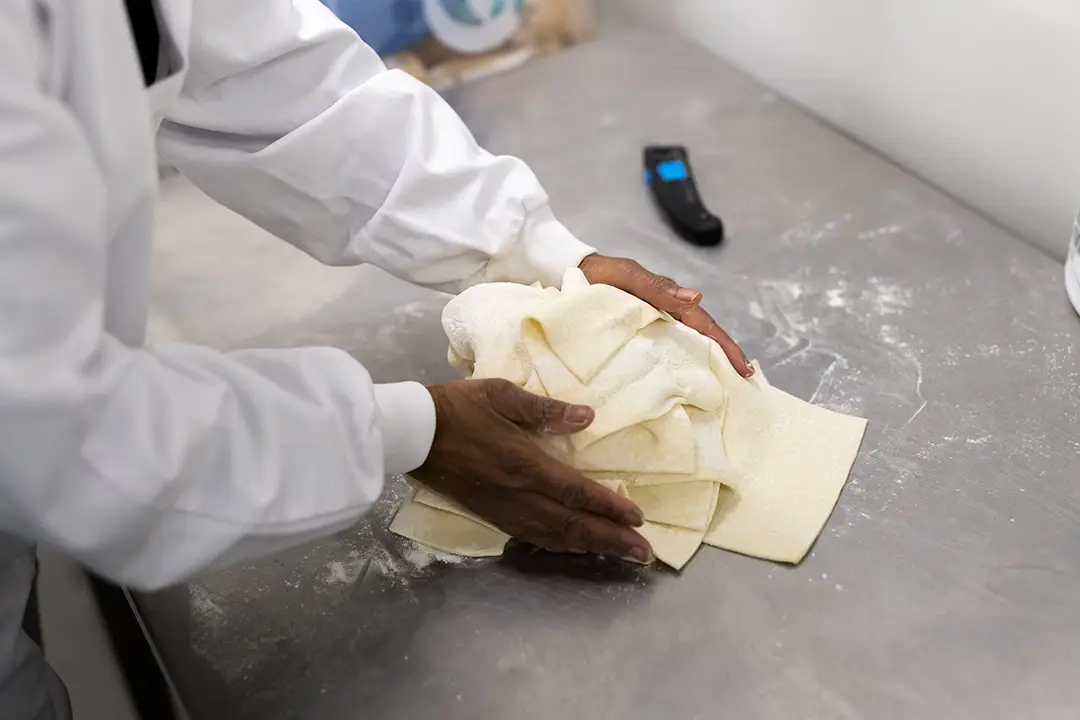Reducing our industrial footprint
A long-term strategy and local actions to reduce our GHG emissions
To meet the challenges of responsible growth, we have defined two priorities:
Optimize our energy consumption
Avoid food waste
We regularly calculate the carbon footprint of our activities in order to identify the main levers for action to reduce our carbon footprint. The calculation integrates 3 different perimeters: Scope 1, which includes direct emissions linked to the use of fossil fuels for combustion, Scope 2, which includes indirect emissions linked to energy consumption during production, and Scope 3, which includes all other indirect emissions.
For scope 1 and 2, emissions from Cérélia sites come mainly from natural gas combustion and electricity consumption.
For scope 3, we have identified 3 main sources of GHG emissions:
- the purchase of goods and services ;
- the use of finished products by consumers and the end-of-life of products;
- transportation of ingredients, packaging and products to our customers.
To find out more, download our CSR report
- Scope 1
- Scope 2
- Scope 3
Optimize our energy consumption
Energy efficiency levels vary according to the products manufactured and the technologies used. A plant producing waffles, pancakes or crepes will be more energy-intensive because of the important step of cooking the product.
Our goal is for all our sites to use 100% renewable electricity by 2025. To achieve this, we cover our electricity consumption with green electricity contracts, which means we guarantee that, for every KWh we use, one KWh of green electricity is produced. In this way, we contribute to the development of renewable electricity production capacity.
This also involves the renovation of some of our furnaces with more energy-efficient
technologies and the installation of NH3 cooling systems to eliminate harmful
harmful refrigerant gases.
10%
IMPROVEMENT IN ENERGY EFFICIENCY BY 2023
in a context of rising production
+10%
VOLUMES MANUFACTURED
Avoid food waste

The various types of waste generated by our industrial activities are recycled as soon as possible to avoid landfill. At Cérélia, food waste can be of 3 types: over-consumed or out-of-date ingredients, dough from the mixing and portioning phase, or unsold finished products.
We aim to recycle 100% of our food waste. More than 2/3 of this is recycled as animal feed, with the remainder recycled through the methanization process and donations to our partner charities.
In 2024, we donated almost 600 tonnes of products thanks to the various partnerships we have forged with associations and food banks.
